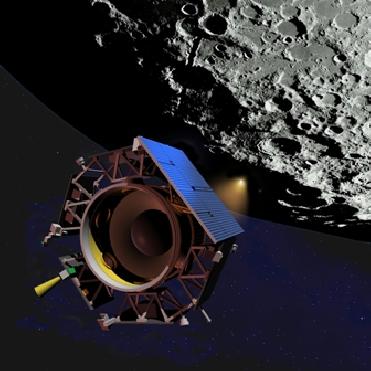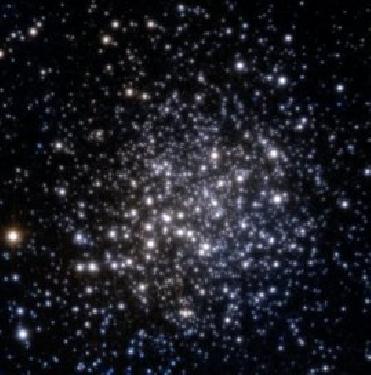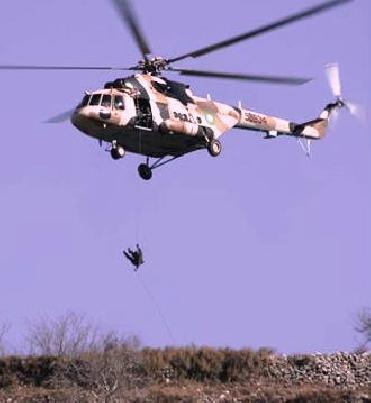
HOUSTON (BNS): The mystery behind the source of water on moon may soon be solved with evidence from NASA's LCROSS mission suggesting that much of it was delivered by comets and not through interaction with the solar wind.
Previous missions had also found hints of lunar water but its source was never clear. One idea is that it forms when hydrogen atoms from the solar wind latch onto oxygen atoms in the lunar soil, creating hydroxyl and water.
According to the data revealed recently at the Lunar Exploration Analysis Group meeting, a gathering of 160 lunar scientists in Houston, the evidence is mounting in favour of an alternative explanation - comet impacts.
The first line of evidence comes from compounds that vaporise readily, called volatiles. LCROSS found spectral signs of volatiles containing carbon and hydrogen - likely methane and ethanol - as well as others such as ammonia and carbon dioxide, journal New Scientist reported.
"It appears that we impacted into a very volatile-rich area," LCROSS principal scientist Tony Colaprete said.
These compounds should have been mostly lost to space billions of years ago, when the moon coalesced from the debris of an impact between the Earth and a Mars-sized object.
Water formed through an interaction with the solar wind would therefore be relatively pure - and free of volatiles.
But comets, which are thought to have been responsible for many of the moon's impact scars, are "dirty iceballs" known to contain volatiles such as methane.
"If you can nail down the source of the water on the moon, that could tell us a lot about the cometary history of the moon for the last couple of billion years," says Larry Taylor of the University of Tennessee.
The second line of evidence pointing to comets comes from the amount of water detected. The solar wind is expected to form water in minute amounts, amounting to concentrations of no more than 1 per cent in the lunar soil.
LCROSS team members are still analysing the data, but calculations suggest the concentration of water is higher than that.
"LCROSS has given us our ticket back to the moon," says Noah Petro of NASA's Goddard Space Flight Center in Greenbelt, Maryland.
NASA crashed two impactors - a spent rocket stage and a few minutes later, the LCROSS spacecraft itself - into a crater near the moon's South Pole in October.
The spacecraft snapped images and took spectra of lunar debris kicked up by the rocket's impact and found that it contained the unmistakable signs of water.
 Previous Article
Previous Article Next Article
Next Article













The Indian Air Force, in its flight trials evaluation report submitted before the Defence Ministry l..
view articleAn insight into the Medium Multi-Role Combat Aircraft competition...
view articleSky enthusiasts can now spot the International Space Station (ISS) commanded by Indian-American astr..
view article